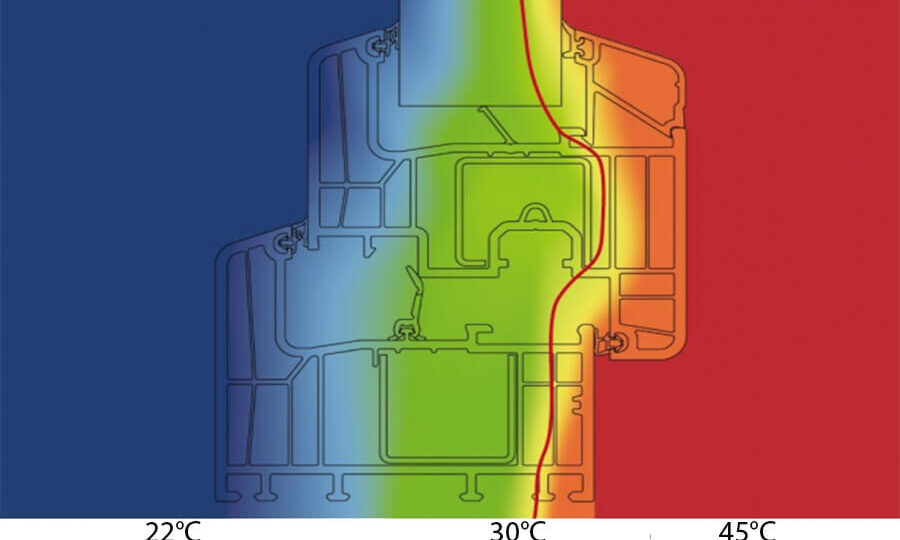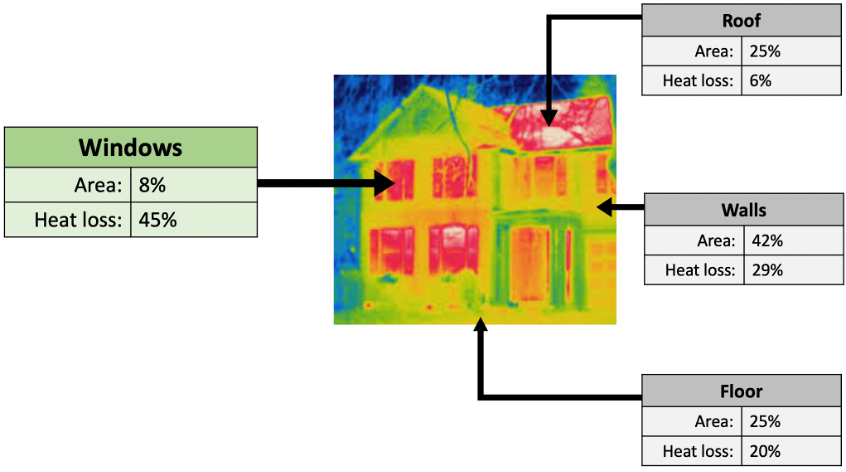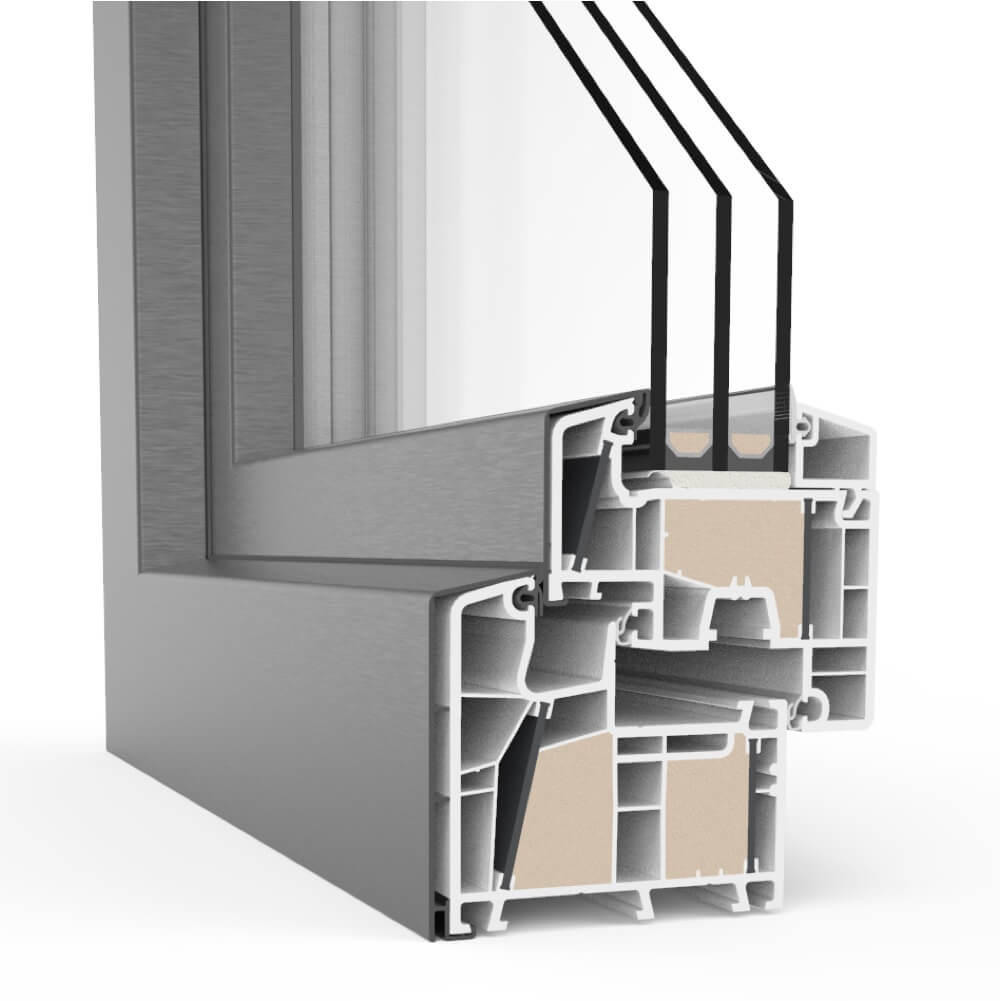
Maximize Home Comfort with Innovative Window Solutions
Maximizing your home’s comfort often involves strategies that extend beyond mere aesthetics. When I renovated my 20-year-old home, thermal insulation became a key focus. I realized the importance of effective heat transfer mechanisms and how they relate to energy-efficient designs. By improving my windows, I was able to elevate my living space while reducing my carbon footprint.
Understanding Thermal Dynamics
A critical aspect of home efficiency lies in understanding thermal conductivity and thermodynamics in glazing. The incorporation of low-emissivity (low-E) glass significantly reduces heat loss. By measuring U-value and R-value, we can gauge window performance metrics. For instance, double-glazing technology enhances insulation by creating a barrier against outside temperatures. If you can upgrade to triple-pane windows, that’s even better. My own experience showed that the difference in comfort levels during extreme weather was substantial.
Choosing the Right Window Technology
Here are some options that proved effective in my renovation:
- Argon and krypton gas fills improve insulation.
- Vacuum-insulated glass eliminates thermal bridging.
- Dynamic windows adapt to changing sunlight and temperature.
- Phase change materials help maintain a consistent indoor temperature.
Beyond Windows
Focusing on the building envelope also plays a huge role in thermal resistance and air leakage prevention. Incorporating heat-reflective coatings and using spectrally selective glazing minimized energy loss effectively. Whatever your climate, consider climate-responsive glazing to adapt to local conditions. This thoughtful blend of technology not only enhances everyday comfort but also adds value if you’re planning to sell in the future.

The Role of Thermodynamics in Home Comfort
As I delved deeper into the science of thermodynamics, I discovered fascinating ways to integrate natural elements into my energy-efficient designs. Understanding key concepts such as convection and conduction helped me appreciate how heat travels within a home. By strategically positioning thermal mass materials—like brick or stone—within living spaces, I could capture and retain heat during the day, releasing it slowly at night. This balance not only reduced my reliance on heating systems but also created a more stable temperature range, enhancing comfort year-round.
Innovative Glazing Options to Explore
Regarding window technology, advancements are abundant, and choices abound to enhance your home’s thermal performance. After extensive research, I stumbled upon these innovative glazing options that transformed my approach:
- Smart glass technology offers adjustable tinting, providing superior control over solar heat gain.
- Heat-reflective coatings minimize infrared radiation, keeping interiors cooler.
- Phase change materials embedded in window layers maintain optimal temperatures by absorbing excess heat.
- Window condensation resistance not only improves energy efficiency but also enhances air quality by reducing moisture accumulation.
Moreover, investing in sustainable window technology presents an array of solutions tailored for both aesthetic appeal and functionality. My quest for energy-efficient windows has been an eye-opener to how science and comfort converge in modern home improvement.
Building Envelope Strategy
When I began my renovations, it became evident that the building envelope’s efficiency had to be prioritized to complete the thermal equation. Exploring options like thermal bridging solutions and air sealing strategies provided further layers of warmth and cost savings. These improvements fostered a sealed environment where radiant heat transfer was optimally managed, costing less in both energy bills and overall environmental impact. My journey taught me that each component—from windows to walls—contributes synergistically to a holistic approach in crafting a thermally efficient haven.

Harnessing Cutting-Edge Technology
As I progressed through my renovation project, I uncovered a treasure trove of advanced thermal solutions that further amplified my home’s comfort level. Consider the application of insulating gas fills in double and triple-pane windows, such as argon and krypton. These gases have lower thermal conductivity compared to air, acting as a formidable barrier against heat transfer. This means that during sweltering summer afternoons, my home remains a retreat from the blistering sun.
Glazing That Works For You
In exploring smart glass technology, I discovered how dynamic windows could revolutionize traditional approaches to solar heat gain. These windows can adjust their tint depending on sunlight intensity, maintaining a comfortable indoor climate. Furthermore, phase change materials embedded within the window units help regulate temperature by absorbing heat during peak hours and releasing it when needed. It’s akin to wearing a jacket that customizes itself based on the weather!
To maximize the effectiveness of these innovative solutions, combining them with heat-reflective coatings and spectrally selective glazing can help fine-tune your window performance metrics. Here are some characteristics to consider when selecting your windows:
- U-value: Lower is better for insulating efficiency.
- R-value: Higher values indicate better heat resistance.
- Solar Heat Gain Coefficient: Look for a lower number to minimize unwanted heat during summer.
- Condensation Resistance: An important feature to keep your window’s integrity intact.
Incorporating these strategies contributes to an efficient building envelope, mitigating thermal bridging and maximizing thermal resistance. My journey into energy-efficient windows has been eye-opening, revealing the perfect blend of beauty and performance tailored to your regional climate. As I enjoy serene evenings in my improved sanctuary, I reflect on how embracing both science and design can create a truly comfortable home.
